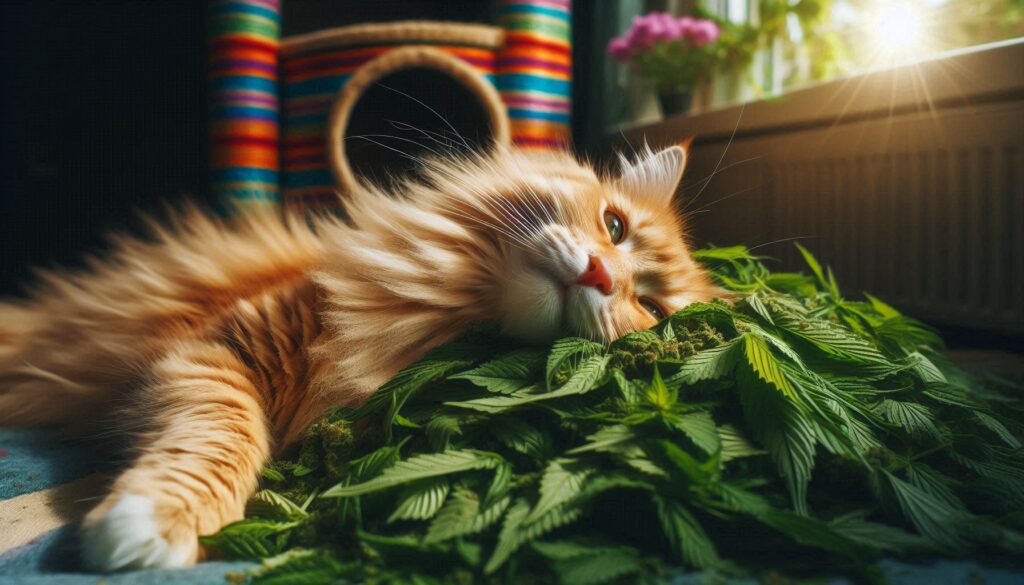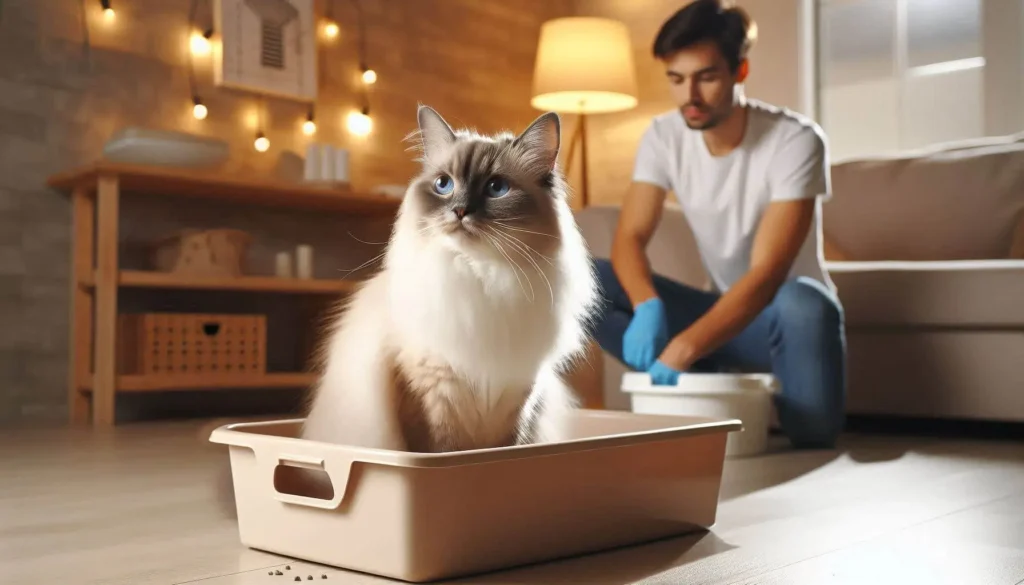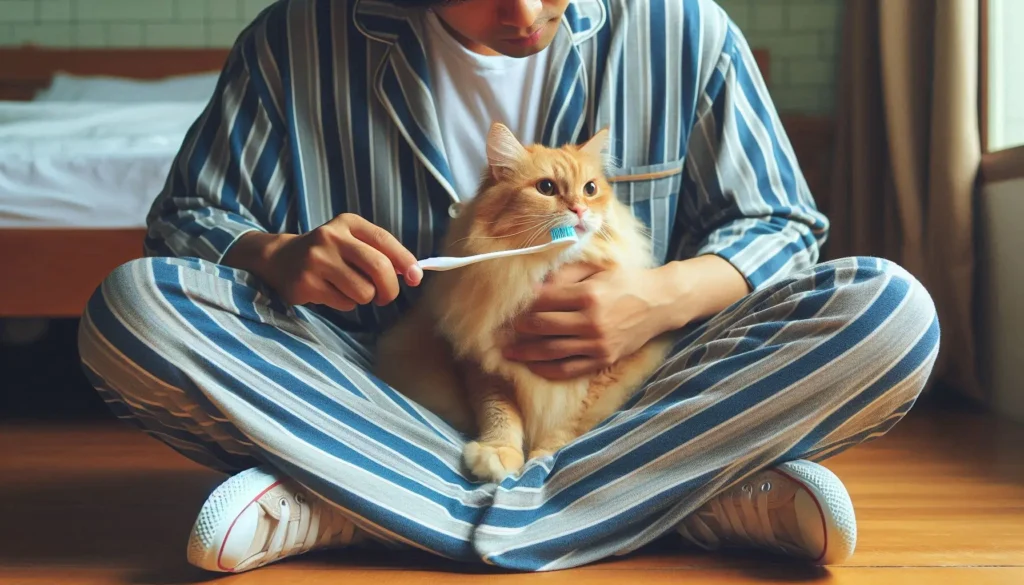What happens if my dog eats cat litter? Here's what not to do
We independently research, review, and recommend the best products—If you buy something through our links, we may earn an affiliate commission.
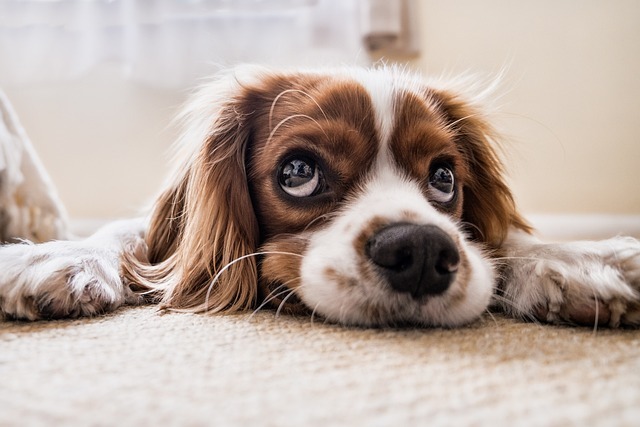
Does your dog find the litter box irresistible? You’re not alone. Many dogs are drawn to cat litter, but this can be a risky habit.
If you’ve ever caught your dog taking a “sample” from the litter box, you’re probably wondering why. This article will delve into the reasons behind this behavior, the health risks involved, and, most importantly, what to do if your dog has already indulged. We’ll also explore ways to keep your furry friend safe from future litter box raids.
Why does my dog eat the cat litter?
It might surprise you, but there can be a few reasons why your dog seems so fond of the cat’s litter. One culprit could be their food. Believe it or not, if their kibble isn’t quite cutting it in terms of nutrition, they might be on the hunt for some missing nutrients, and the litter box starts to look mighty tempting.
Another possibility is something called pica. It’s basically a condition where animals, including dogs, develop a taste for things that aren’t exactly on the menu. This can be caused by health issues, boredom, or just plain doggy quirkiness.
what happens if my dog eats cat litter?
The severity of the situation depends on three key factors:
1. The type of litter:
Non-clumping litter: Generally less dangerous, it usually passes through the digestive system like any other indigestible material. However, excessive amounts can still cause stomach upset or constipation.
Clumping litter: This poses a bigger risk. When wet, it expands and can clump, potentially causing intestinal blockages, which are serious and require immediate veterinary attention.
2. The amount consumed:
Smaller quantities are often passed without issue, while larger amounts increase the risk of gastrointestinal problems and blockages.
3. Your dog's traits:
The size, the breed, and the overall health of your dog play a role. Smaller dogs, or those with pre-existing digestive issues, are more susceptible to complications.
What should i do if my dog eats cat litter?
Should I call the vet?
YES! If your dog ate clumping litter, any amount is cause for concern. For non-clumping litter, if they exhibit any of the symptoms listed below or you’re unsure of the quantity consumed, contact your vet immediately.
What are the symptoms to watch for?
- Vomiting
- Loss of appetite
- Lethargy (Excessive tiredness, lack of motivation)
- Abdominal pain
- Difficulty passing stool
- Straining during bowel movements
Can I treat my dog at home?
How can I prevent this from happening again?
– Keep the litter box in a closed cabinet or high, inaccessible area.
– Pick a top-entry litter box if your fluffy companion is okay with it. The IRIS Top Entry Cat Litter Box is well known for keeping dogs away from the litter box.
– Supervise your dog closely when they’re near the litter box.
– Consider switching to a plant-based or silica litter, which are less attractive to dogs.
Conclusion
While eating cat litter isn’t always an emergency, it’s crucial to take it seriously. By understanding the risks, knowing the warning signs, and acting promptly, you can ensure your dog’s safety and well-being. Remember, when in doubt, always consult your veterinarian!
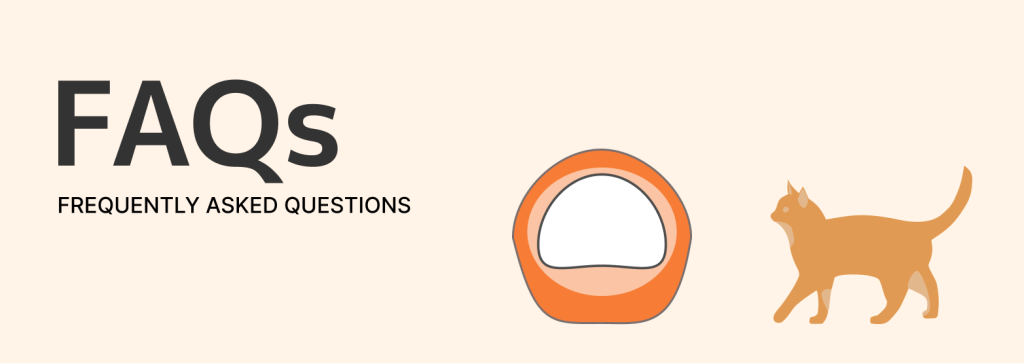
Frequently Asked Questions
It is recommended that you use a maximum of 2 inches to 4 inches of litter in your litter box. If there are numerous cats using the litter box, you’ll need 3 to 4 inches of litter to absorb all that urine and clump around.
In fact, anything less than 2 inches will cause unpleasant odors to develop as well as a high probability of inappropriate elimination. On the other hand, too much litter will lead to a mess since most cats will simply kick it outside.
Research was conducted and published in the Journal of Feline Medicine and Surgery regarding this subject. The results showed that out of 28 different cats, 4 showed a preference for covered litter boxes and 4 for open litter boxes. The rest of the cats were happy to use any type of box they provided as long as it was well-cleaned.
This only shows that our cats have unique preferences, and only by getting to know them will we be able to fulfill their needs in the best way possible.
If you have one cat at home, you’ll most likely need to change clumping cat litter every 2–3 weeks. However, if you’re using a non-clumping litter, you’ll have to change the litter completely twice a week.
If you have an automatic litter box, you can perform a deep cleaning once a month. Unless, of course, there is a problem of feces scattering or building up inside the litter box. You will need to clean it more often in that case.
If you have a manual litter box, the litter should be scooped and cleaned at least twice a day.
Cats love to have their cat litter boxes in a corner that is calm, private, and accessible. You’ll also need to keep food away from this spot in order to leave this space dedicated to sanitary activities.

